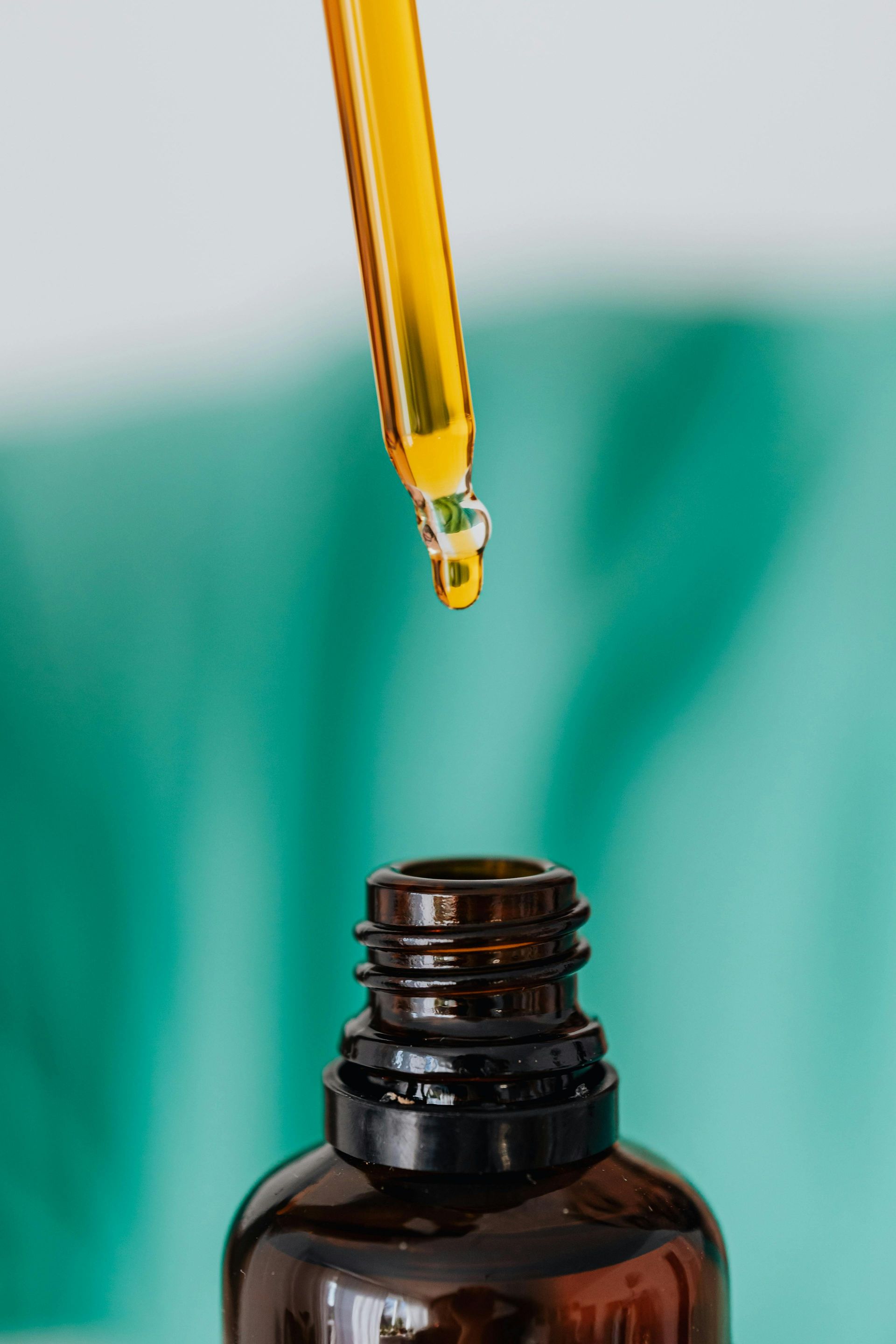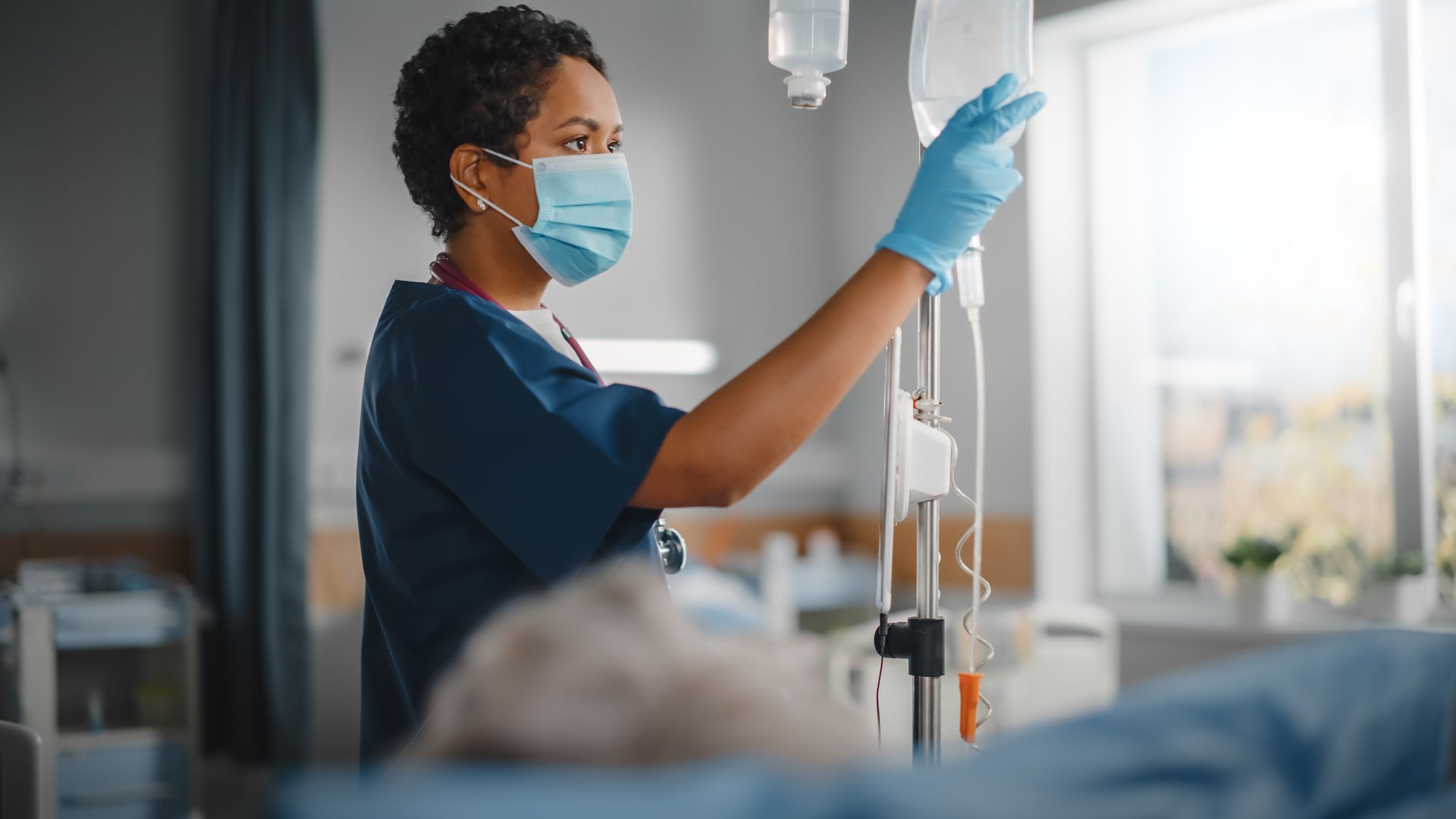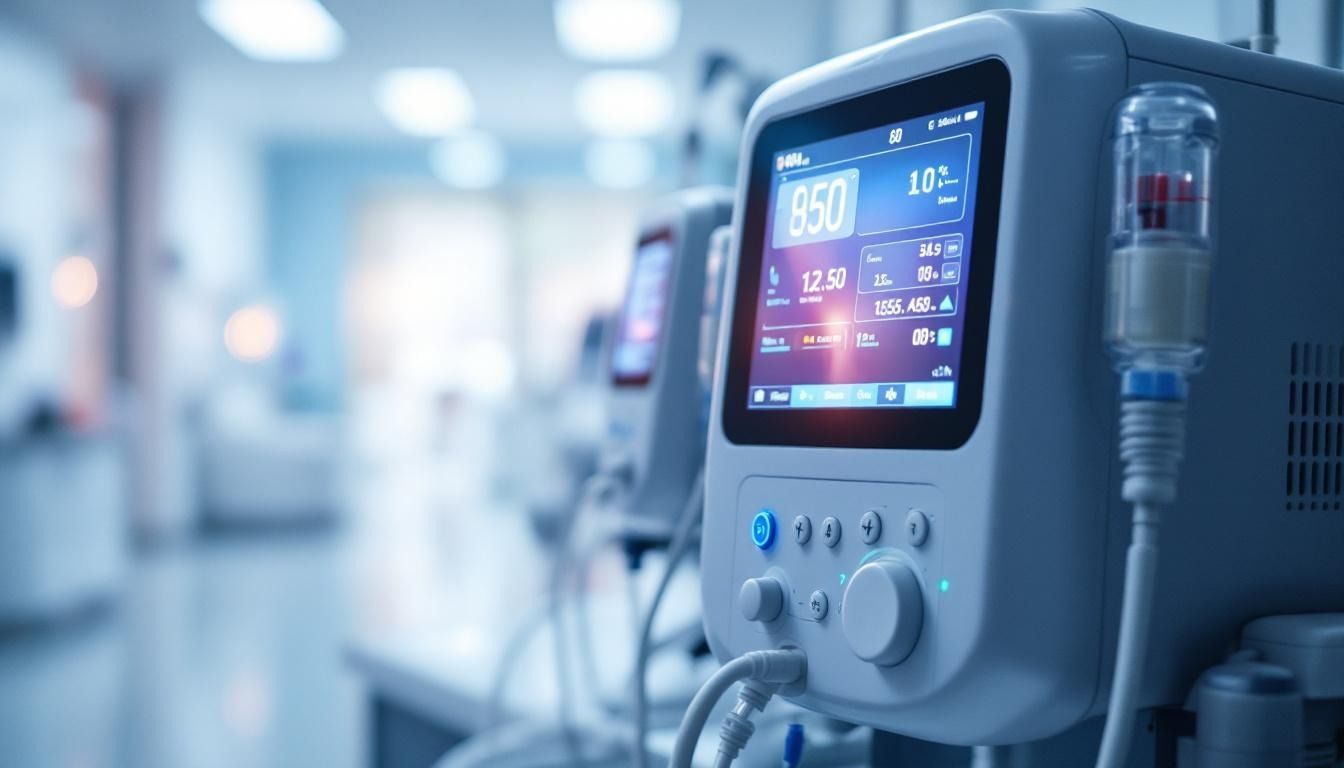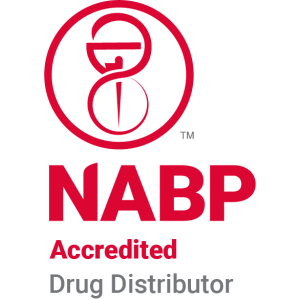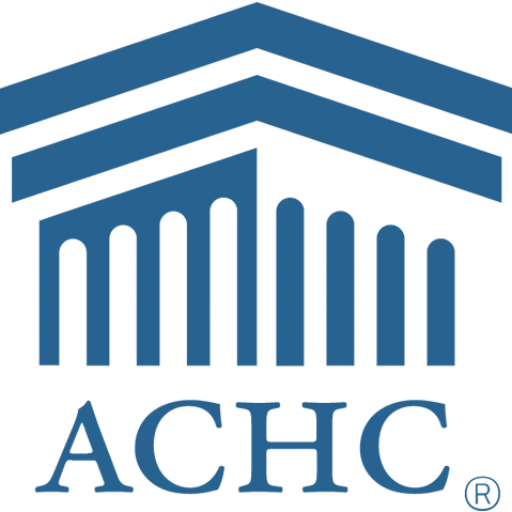The Use of TPN in Treating Severe Eating Disorders and Anorexia
Understanding Total Parenteral Nutrition (TPN)
Total Parenteral Nutrition (TPN) emerges as a highly specialized and critical treatment avenue for patients with severe eating disorders, particularly anorexia nervosa. As a method bypassing the gastrointestinal tract, TPN provides elemental nutrition directly into the bloodstream, offering a lifeline for individuals who cannot sustain adequate oral or enteral intake. This article delves into the utilization, benefits, drawbacks, and clinical outcomes of TPN for such critical cases, drawing insights from recent studies and clinical practices.
Clinical Impact of TPN on Severe Anorexia
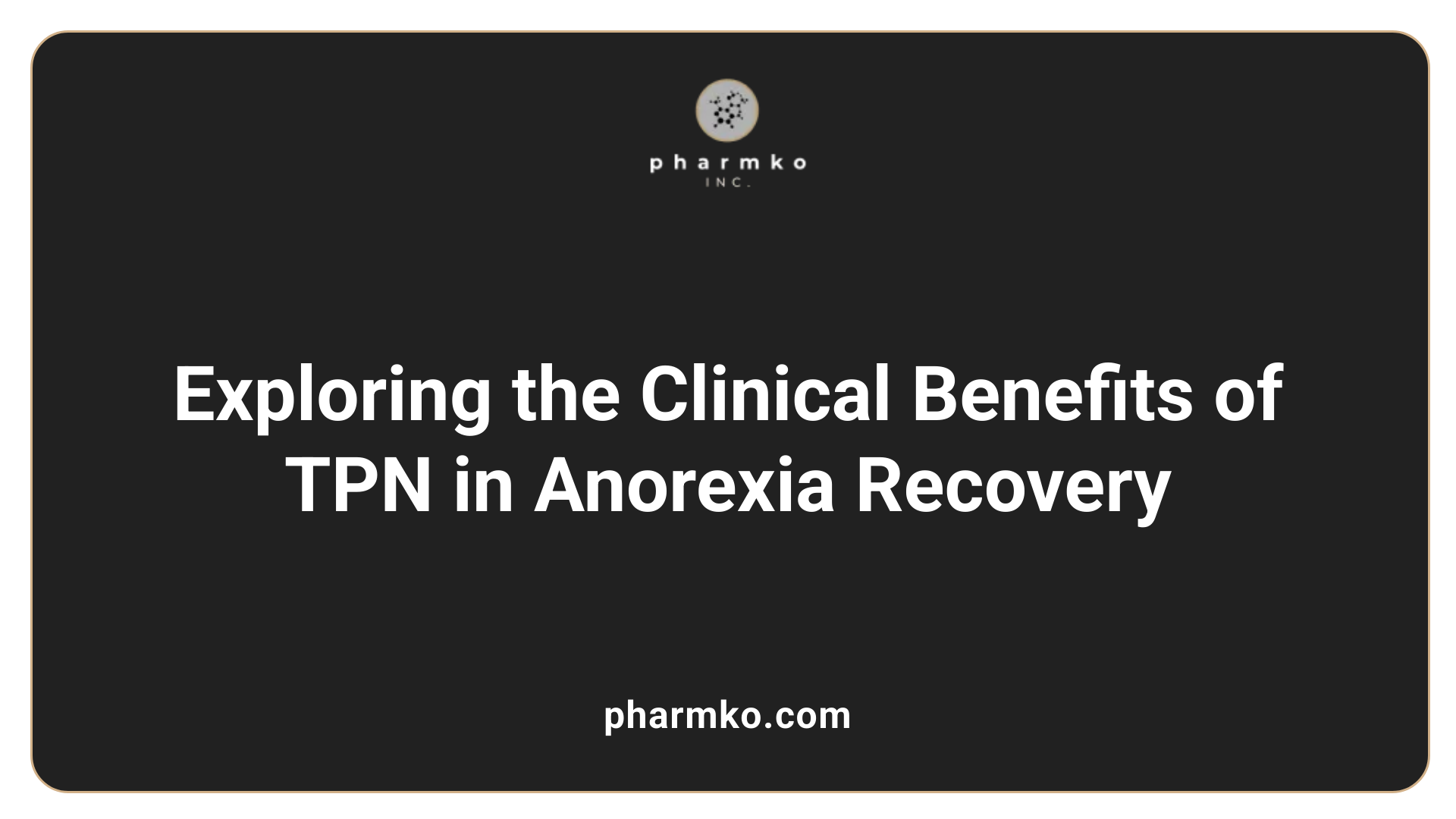
Effectiveness of TPN in Weight Restoration and Health Improvement
Total Parenteral Nutrition (TPN) has emerged as a critical intervention for individuals suffering from severe anorexia nervosa, particularly when other treatments have failed. In clinical settings, TPN administration enables rapid weight restoration and stabilization of essential physiological parameters.
During a study involving young women with severe anorexia, patients received TPN for periods ranging from 3 to 8 weeks, achieving an average weight gain of 2.5 kg per week. The treatment commenced with a caloric delivery of 55 kcal/kg of body weight per day, subsequently increasing to 65-70 kcal. Notably, reintegration of oral feeding allowed for the discontinuation of TPN, underscoring its role as a temporary yet effective means to combat severe emaciation.
Within two weeks, significant improvements were observed not only in weight but also in overall health, with normalization of electrolyte disturbances, highlighting TPN’s capacity to support patients physiologically during critical periods of recovery.
Research Findings Showcasing TPN Outcomes in Anorexia
Research indicates both effectiveness and caution in the application of TPN. Studies have shown how TPN can facilitate recovery, particularly among patients with severe weight loss or gastrointestinal complications preventing oral refeeding. Patients undergoing TPN exhibited significant metabolic improvements, such as decreased total bilirubin and increased alkaline phosphatase levels, suggesting recovery in liver function over time.
However, the potential risks associated with TPN include infections, metabolic disturbances, and liver anomalies, emphasizing the need for careful monitoring. TPN is primarily intended to support patients who are critically malnourished when other methods have not yielded adequate results.
In summary, while TPN provides much-needed nutrition and can effectively initiate recovery in severe cases of anorexia nervosa, its use must be part of a broader, holistic treatment strategy addressing both the physical and psychological dimensions of this complex disorder.
Navigating Treatment Guidelines and TPN Integration
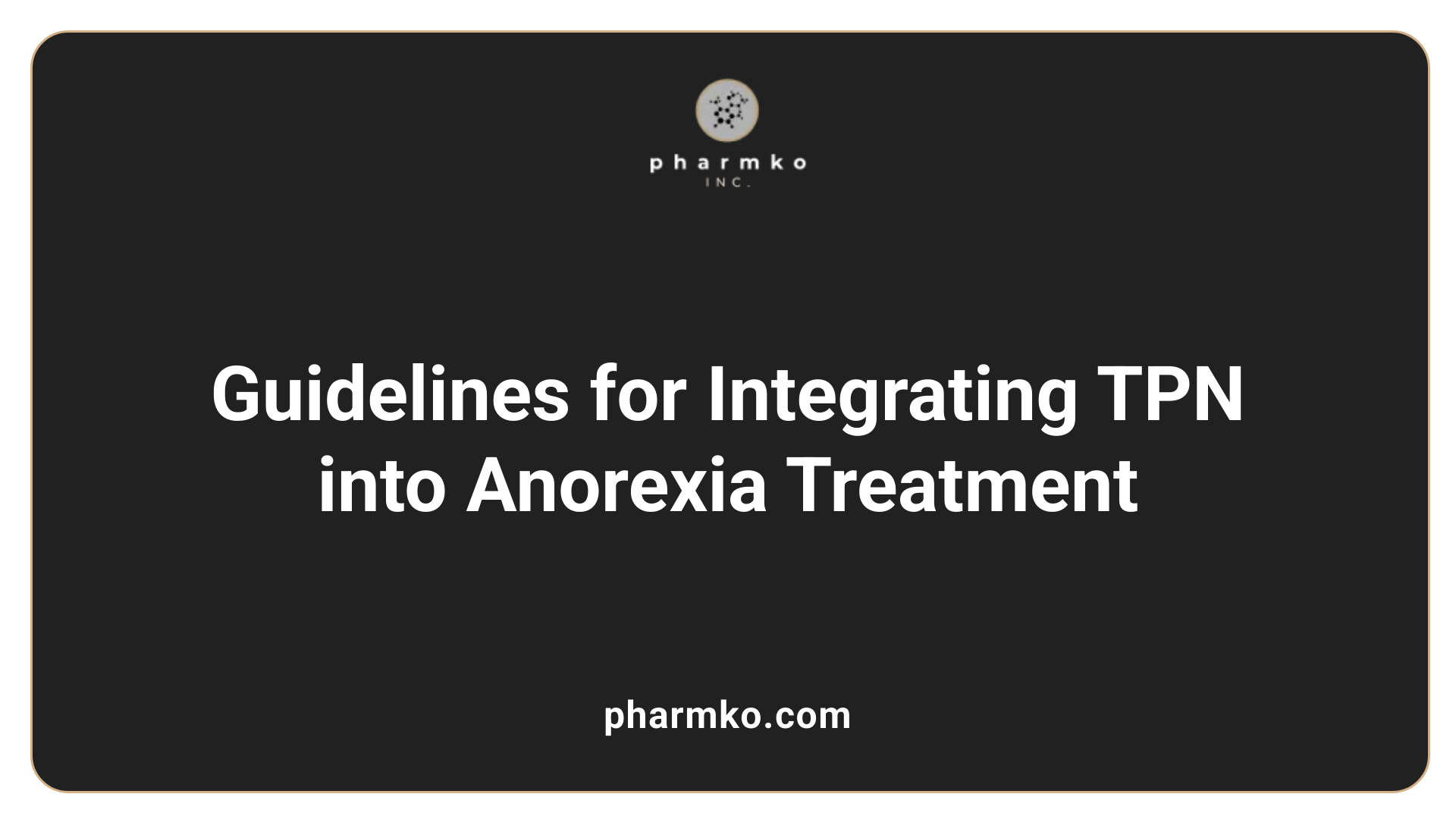
What are the treatment guidelines for anorexia nervosa?
Treatment for anorexia nervosa typically includes a combination of talking therapies and supervised weight gain to mitigate health risks associated with the disorder.
For adults, Cognitive Behavioural Therapy (CBT) is commonly used, involving weekly sessions for up to 40 weeks to help individuals understand and improve their relationship with food.
In the case of children and adolescents , family-based therapy is often employed, which focuses on support from family members to aid recovery.
Nutritional support plays a crucial role; it involves providing dietary advice and meal planning to assist with healthy weight restoration. Ongoing support through regular health check-ups is essential after initial treatment to monitor recovery and prevent relapse.
Position of TPN within treatment frameworks
Total Parenteral Nutrition (TPN) is presented as an alternative treatment mode that can complement traditional therapies. It’s particularly useful in severe cases where patients are unable to achieve adequate nutritional intake via oral methods. TPN offers immediate access to essential nutrients, helping stabilize severely malnourished individuals who may not respond to other therapies.
While TPN is not a first-line treatment due to its risks, its role becomes critical when other interventions fail or when patients are facing life-threatening weight loss. TPN facilitates rapid medical stabilization, allowing a transition back to oral feeding once patients have regained some health.
The integration of TPN into treatment frameworks emphasizes the significance of a multidisciplinary approach, incorporating both psychiatric and nutritional care to enhance recovery outcomes.
Table: Treatment Components for Anorexia Nervosa
| Treatment Method | Description | Notes |
|---|---|---|
| Cognitive Behavioural Therapy | Weekly sessions to improve relationship with food | For adults, up to 40 weeks |
| Family-based Therapy | Support from family focusing on adolescents | Collaborative approach to recovery |
| Nutritional Support | Dietary advice and meal planning for weight restoration | Critical for success |
| Total Parenteral Nutrition | Provides essential nutrients directly into the bloodstream | Indicative for severe cases, not a first-line treatment |
Indications for TPN in Severe Eating Disorders
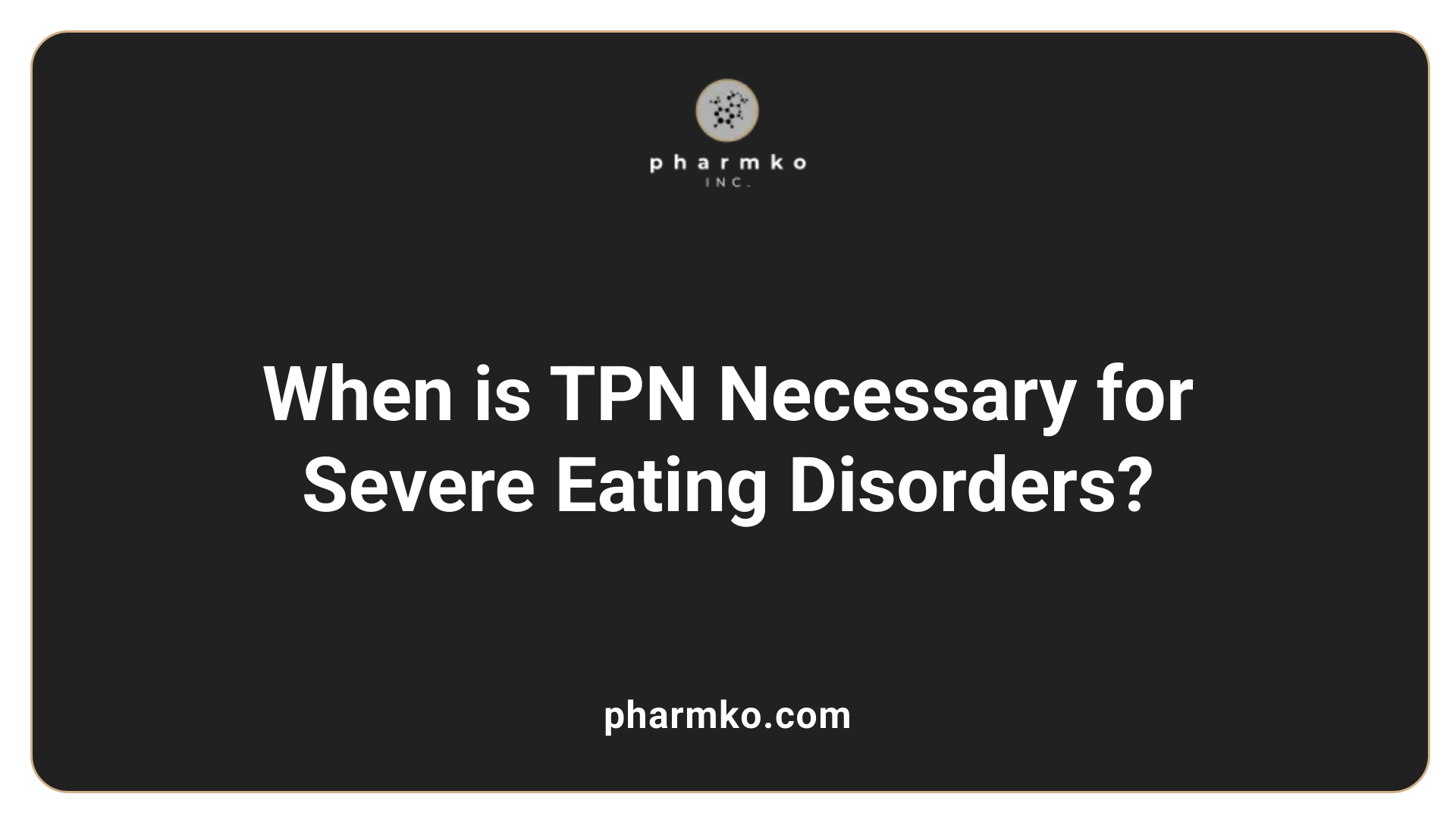
When is Total Parenteral Nutrition (TPN) indicated for severe eating disorders?
Total Parenteral Nutrition (TPN) is indicated in severe eating disorders, particularly when a patient is unable to meet their nutritional needs through conventional oral or enteral feeding. This scenario typically arises under several circumstances:
- Severe malnutrition: Patients may lose 25-50% of their body weight, leading to critical health concerns.
- Life-threatening complications: This can include electrolyte imbalances or organ dysfunction due to starvation.
- Gastrointestinal issues: Those with gastrointestinal dysmotility, severe nausea, or vomiting may not tolerate oral feeding effectively.
- Inadequate responses to other therapies: TPN is often considered when standard treatment methods fail, highlighting its role in urgent interventions.
Effective management calls for a multidisciplinary approach, integrating psychological support and rigorous medical oversight. This collaboration ensures TPN meets the comprehensive needs of the patient's recovery.
Comparison with other nutritional methods
When contrasting TPN with alternative nutritional strategies, a few distinctions emerge:
| Nutritional Method | Pros | Cons |
|---|---|---|
| Total Parenteral Nutrition (TPN) | Directly delivers nutrients, beneficial for those unable to eat | Risks include infections, metabolic disorders, and complications from catheter use |
| Enteral nutrition | Harnesses the gastrointestinal system, offers immune support | May not be adequate for severely malnourished patients or those with significant gastrointestinal disruptions |
| Oral refeeding | Preferred as it supports normal physiological processes | Ineffective for patients with significant aversions or severe malnutrition |
This table underscores that TPN can be a viable option for specific severe cases, particularly where traditional methods fail, illustrating its critical role in the treatment of patients with severe anorexia nervosa.
Comparative Insights: TPN versus Enteral Nutrition
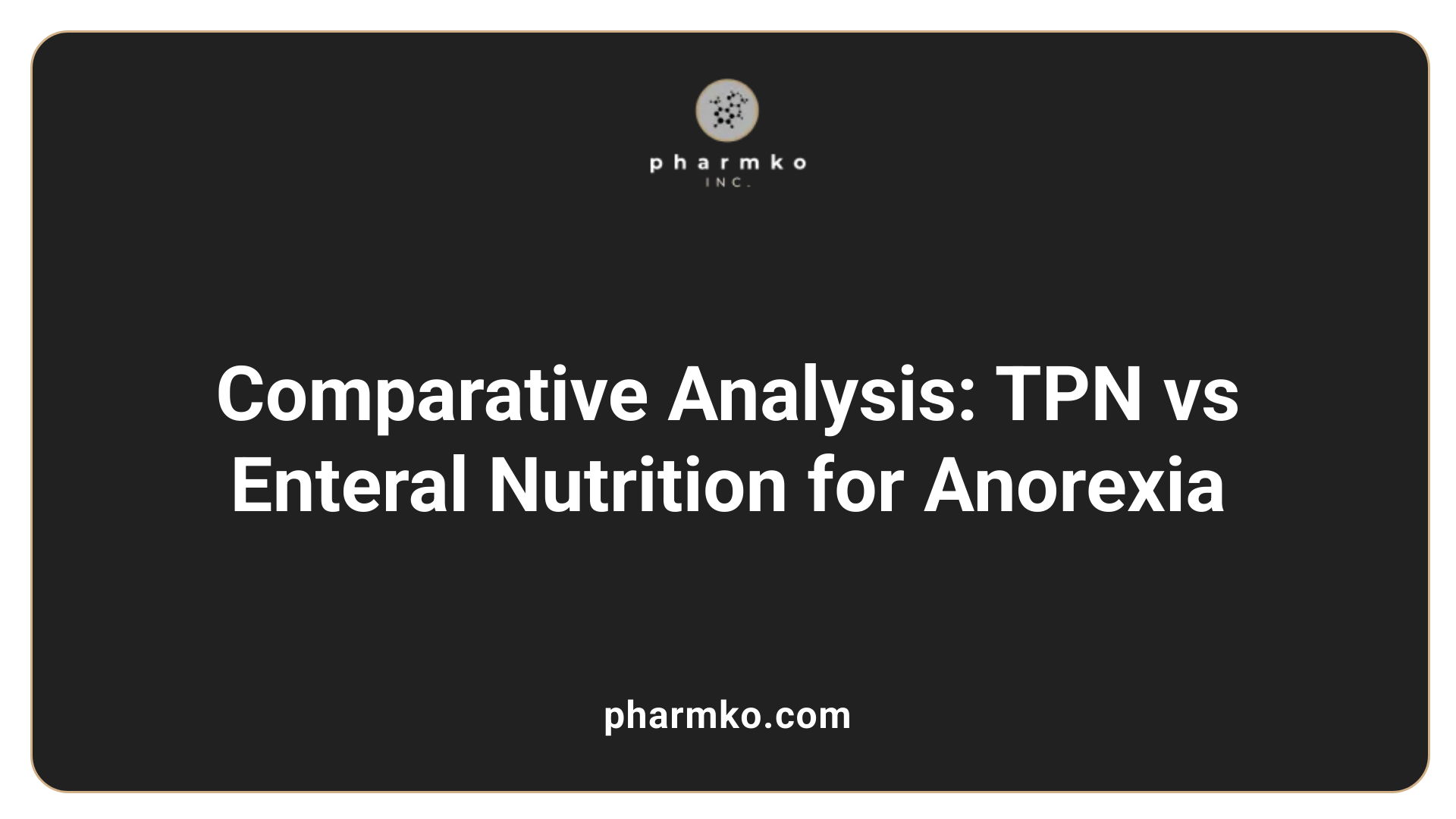
What are the nutritional treatments for anorexia nervosa?
Nutritional treatments for anorexia nervosa predominantly focus on restoring a healthy weight and ensuring adequate nutrient intake. The goal is typically a weekly weight gain of 0.5–1.0 kg, necessitating a caloric intake ranging from 2200 to 2500 kcal daily, tailored to individual needs.
A balanced diet rich in proteins, carbohydrates, and fats, combined with essential vitamins and minerals, forms the core of these treatments. It's imperative to continuously monitor and adjust the nutritional plan, reflecting any changes in metabolic rates or physical activity as weight restoration progresses. This ensures that patients receive the necessary energy and nutrients to recover physically and psychologically. Additionally, psychological support plays a vital role. Addressing the underlying issues associated with anorexia is essential for successful nutritional rehabilitation.
TPN versus enteral feeding
Total parenteral nutrition (TPN) is indicated for individuals who are unable to maintain their nutritional intake through oral or enteral feeding. This method delivers nutrients directly into the bloodstream, circumventing the gastrointestinal tract, which may be especially beneficial for those with gastrointestinal comorbidities that hinder oral feeding. Conversely, enteral feeding is preferred in scenarios where patients exhibit a functioning gastrointestinal system, as it offers more immune and gastrointestinal benefits and poses fewer risks than TPN.
Clinical contexts favoring each method
| Method | Context Favoring Use | Risks |
|---|---|---|
| Total Parenteral Nutrition (TPN) | Severe anorexia nervosa where oral intake is impossible; life-threatening malnutrition | Higher risk of infections and metabolic disturbances |
| Enteral Feeding | Patients with functioning GI tract who can tolerate it; less severe malnutrition | Potential for gastrointestinal complications |
Ultimately, both TPN and enteral nutrition methods can significantly aid in nutritional rehabilitation for individuals with anorexia nervosa. Their effectiveness often hinges on individual patient conditions and the specific challenges they face in recovery.
Understanding the Practicalities and Challenges of TPN
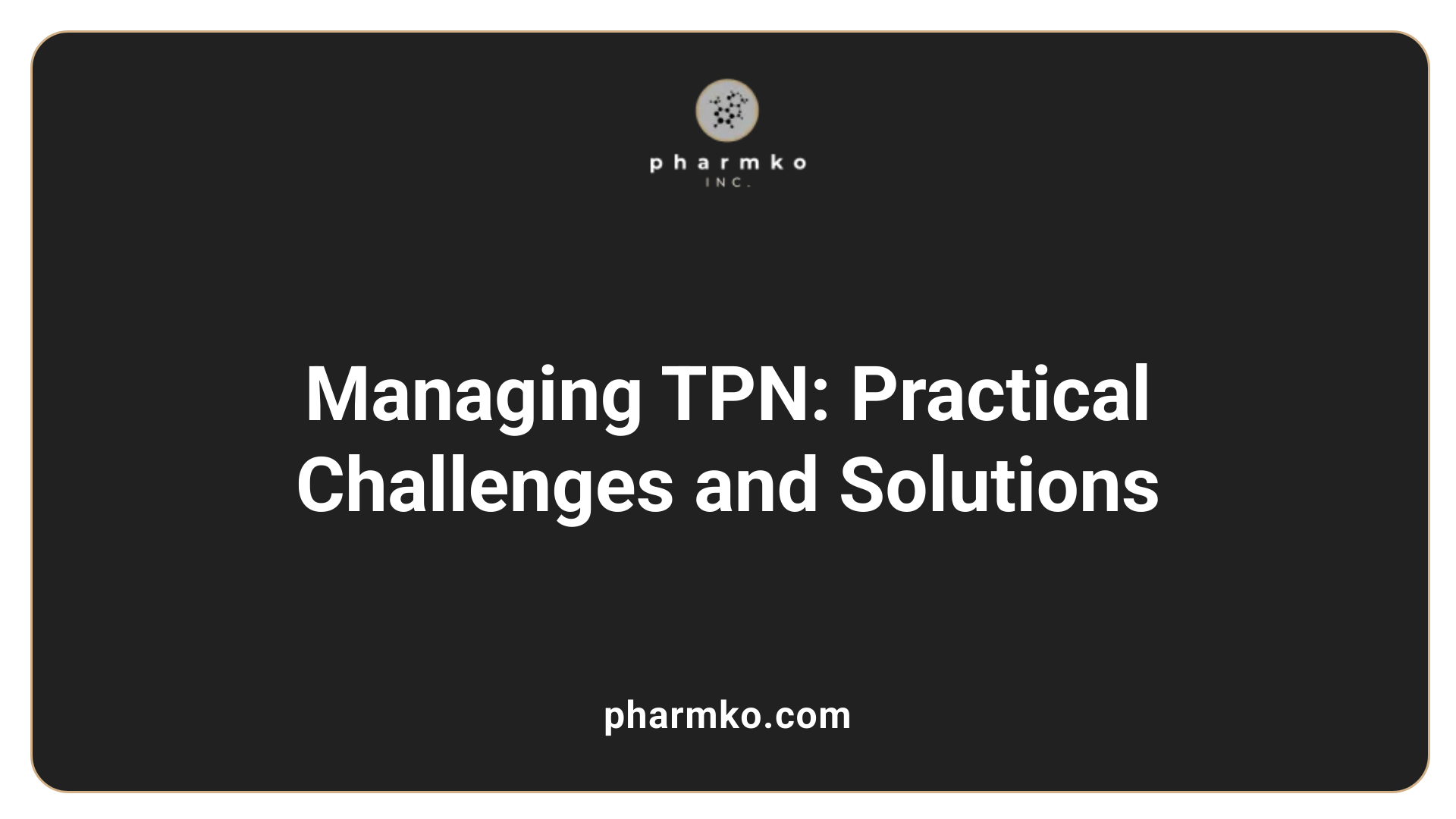
Patient Management and Home Care with TPN
Managing Total Parenteral Nutrition (TPN) involves a coordinated effort between healthcare providers and patients. Patients often need to be educated on catheter care, monitoring for infections, and recognizing potential complications. Training in home management is essential, especially for those transitioning to home parenteral nutrition (HPN).
Patients can potentially eat some foods while on TPN, but this is highly individualized. Doctors typically assess whether it is safe for patients to introduce oral intake based on their medical status. This often requires careful planning to ensure the nutritional needs are met without overloading the patient’s system.
Common Complications and Their Management
While TPN can provide essential nutrients, it also carries risks. Common complications include catheter-related bloodstream infections (CRBSI) and metabolic disturbances. Patients and caregivers need to be aware of signs of infection, such as fever or redness at the catheter site.
Monitoring liver enzyme levels is also important, as elevated enzymes can occur with higher calorie levels. Adjusting caloric intake can help address these changes. Overall, while TPN can significantly aid in recovery from severe anorexia nervosa, it requires diligent oversight and active patient engagement to manage potential complications.
| Complication | Description | Management |
|---|---|---|
| Catheter-Related Infections | Infections at the catheter site | Educate on proper care and hygiene |
| Metabolic Disturbances | Electrolyte imbalances, liver enzyme elevations | Monitor labs and adjust TPN as needed |
| Weight Gain Anxiety | Psychological response to weight gain | Provide supportive counseling |
Concluding Remarks on TPN in Anorexia Treatment
Total Parenteral Nutrition (TPN) plays a pivotal role in the management of severe anorexia nervosa, especially when traditional feeding methods are insufficient. While TPN offers critical nutritional support facilitating significant weight gain and stabilization, it necessitates cautious application due to potential complications. The integration of TPN into broader therapeutic frameworks, alongside psychological treatment, ensures a comprehensive approach to recovery, affirming its value in life-threatening contexts while acknowledging its limitations and risks. Continued research and clinical trials are essential to further refine its application and optimize outcomes for those battling severe eating disorders.
References
- Severe anorexia nervosa treated with total parenteral nutrition ...
- A review of feeding methods used in the treatment of anorexia nervosa
- Characteristics and outcomes of avoidant/restrictive food intake ...
- Anorexia Nervosa and Total Parenteral Nutrition | ACUTE
- Parenteral Nutrition and Anorexia Nervosa: Is It Useful, Is It Ethical?
- Total parenteral nutrition treatment efficacy in adolescent eating ...
- Use of total parenteral nutrition in the refeeding of selected patients ...



